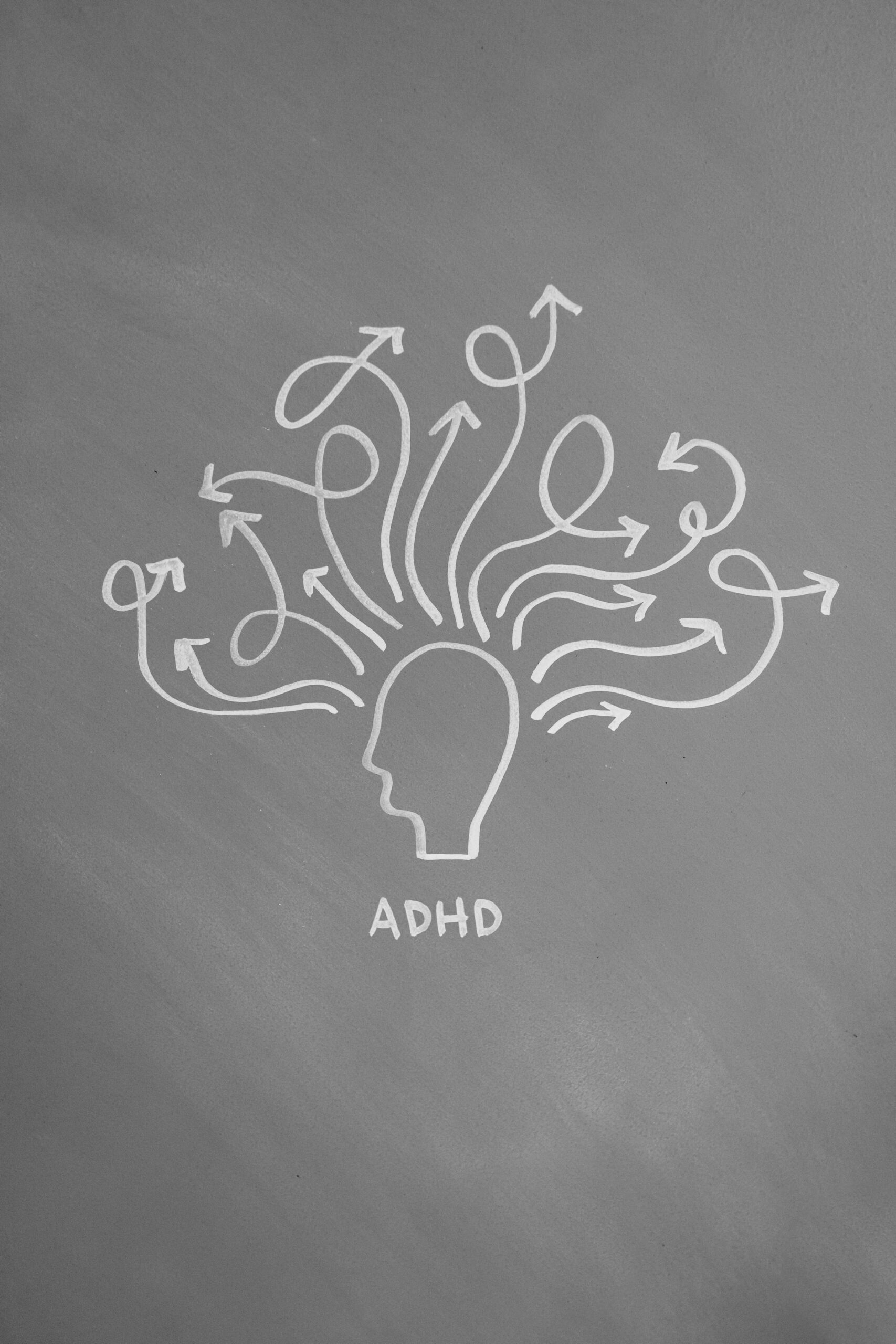What is ADHD?
ADHD stands for Attention deficit hyperactivity disorder which is a neuro-developmental disorder impacting ~5% of Australia’s population. Whilst ADHD presents differently in all individuals the core symptoms are impulsivity/hyperactivity and inattention. ADHD usually presents during childhood where these changes in behaviour can be sometimes attributed to developmental and environmental changes. In younger populations, ADHD can have a significant impact on a child’s ability to learn new skills, focus in the classroom and develop friendships. However, for adults with ADHD, there is a higher prevalence of mental health conditions as well as movement issues (hypermobility & poor coordination) and chronic disease (diabetes, hypertension) which may be caused by an aversion to exercise.
Benefits of Exercise for ADHD
Studies of both children and adults with ADHD have demonstrated that regular exercise can improve motor skills as well as cognitive (impulsivity, attention & executive function) and mental health (anxiety & mood). Furthermore, exercise is able to manage conditions that are more prevalent in individuals with ADHD (as mentioned above). These benefits include: improving motor skills, improving sleep quality which positively impacts insomnia and mood, managing body composition and blood sugar levels and improving mental health.
Recommendations for Exercise for ADHD
- Motor Control & Learning: as individuals with ADHD may have altered memory consolidation and learning processes, it can be advantageous to shorten the duration of learning new skills.
- Sleep: as individuals with ADHD may have insomnia or sleep difficulties, it can be advantageous to move outdoors (in bright light) early in the mornings. Studies found that exposure to 30 minutes of bright light early in the mornings for 2-3 weeks improved sleep and ADHD symptoms for participants.
- Movement: studies have investigated the impact of treadmill walking on attention for individuals with ADHD, suggesting that movement has a positive impact on the ability to retain attention.
- Aerobic Exercise: various studies have reported a 1-2 hour improvement in motivation, mood and inhibition following a 30 minute aerobic exercise bout.
It should be noted that individuals with ADHD will have varying presentations and will respond to different techniques in a multitude of ways. The vast majority of studies investigate the impact of exercise on children with ADHD rather than adults and further research is still required to determine the exact means and impact of exercise for adults. Regardless of the life stage (paediatric or adult), creating a management plan with health professionals is key to managing ADHD and its associated conditions. Exercise can be advantageous at any stage of an ADHD diagnosis and our Exercise Physiologists are trained to provide supportive and effective exercise to improve physical and mental health of those with ADHD.
References:
Liang, X. et al. (2021) “The impact of exercise interventions concerning executive functions of children and adolescents with attention-deficit/hyperactive disorder: A systematic review and meta-analysis,” International Journal of Behavioral Nutrition and Physical Activity, 18(1). Available at: https://doi.org/10.1186/s12966-021-01135-6.
Mehren, A. et al. (2020) “Physical exercise in attention deficit hyperactivity disorder – evidence and implications for the treatment of borderline personality disorder,” Borderline Personality Disorder and Emotion Dysregulation, 7(1). Available at: https://doi.org/10.1186/s40479-019-0115-2.
Sun, W., Yu, M. and Zhou, X. (2022) “Effects of physical exercise on attention deficit and other major symptoms in children with ADHD: A meta-analysis,” Psychiatry Research, 311, p. 114509. Available at: https://doi.org/10.1016/j.psychres.2022.114509. Xie, Y. et al. (2021) “Effectiveness of physical activity intervention on ADHD symptoms: A systematic review and meta-analysis,” Frontiers in Psychiatry, 12. Available at: https://doi.org/10.3389/fpsyt.2021.706625.

Comments:
share